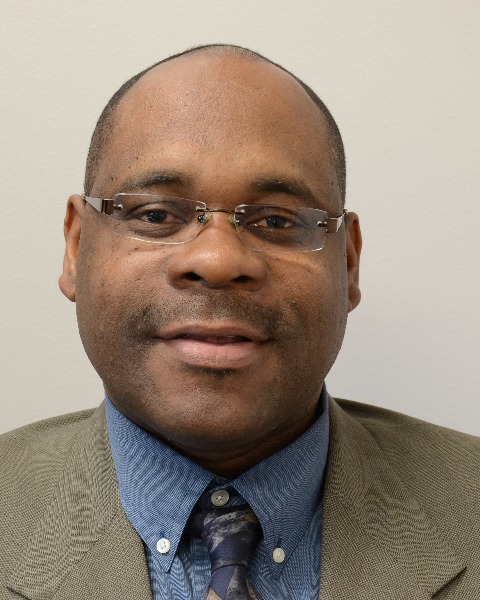Program Symposium
Fostering Diversity in Entomology
2: Strengthening and sustaining diversity in an academic setting
On-Demand

Oscar E. Liburd
University of Florida
Gainesville, Florida
Presenting Author(s)
Diversity involves people of different genders, ethnicity, cultural, social backgrounds, and different sexual orientations. Inclusion is the act of being included. It is possible to have a diverse faculty but not an included faculty. Diversity brings in new ideas and experiences, opens dialogue and promotes creativity. When you examine the ethnic diversities of full-time faculty at four-year post-secondary institutions in the US. Approximately 75% of the faculty is white followed by Asian/pacific Islander 11%. Hispanics and African Americans account for about 6% and Native American about 1%. For Hispanics and African Americans, the male and female ratio for fulltime faculty at four-year institutions is approximately the same. However, more (40%) white males represent faculty compared to white females (35%). There is also slightly more (7%) male Asian faculty members than female (5%). The diversity data for Entomological Society of America 2020 membership indicates 64% white, 10% Asian, 7% Hispanics and 2% African American. This trend was reflected in large departments of entomology such as the University of Florida where 82 and 91% of the tenured faculty at the Professor and Associate Professor ranks respectively, were white, whereas Asian, Hispanics and African American averaged only about 6% for tenured faculty. Strategies needs to be implemented to correct long-standing deficiencies in academic settings particularly at 4-year academic institutions especially in natural sciences such as entomology. These include setting target goals, identifying qualified minority candidates, participating in recruitment activities including the hiring process and mentoring new faculty until they become tenured or permanent.

